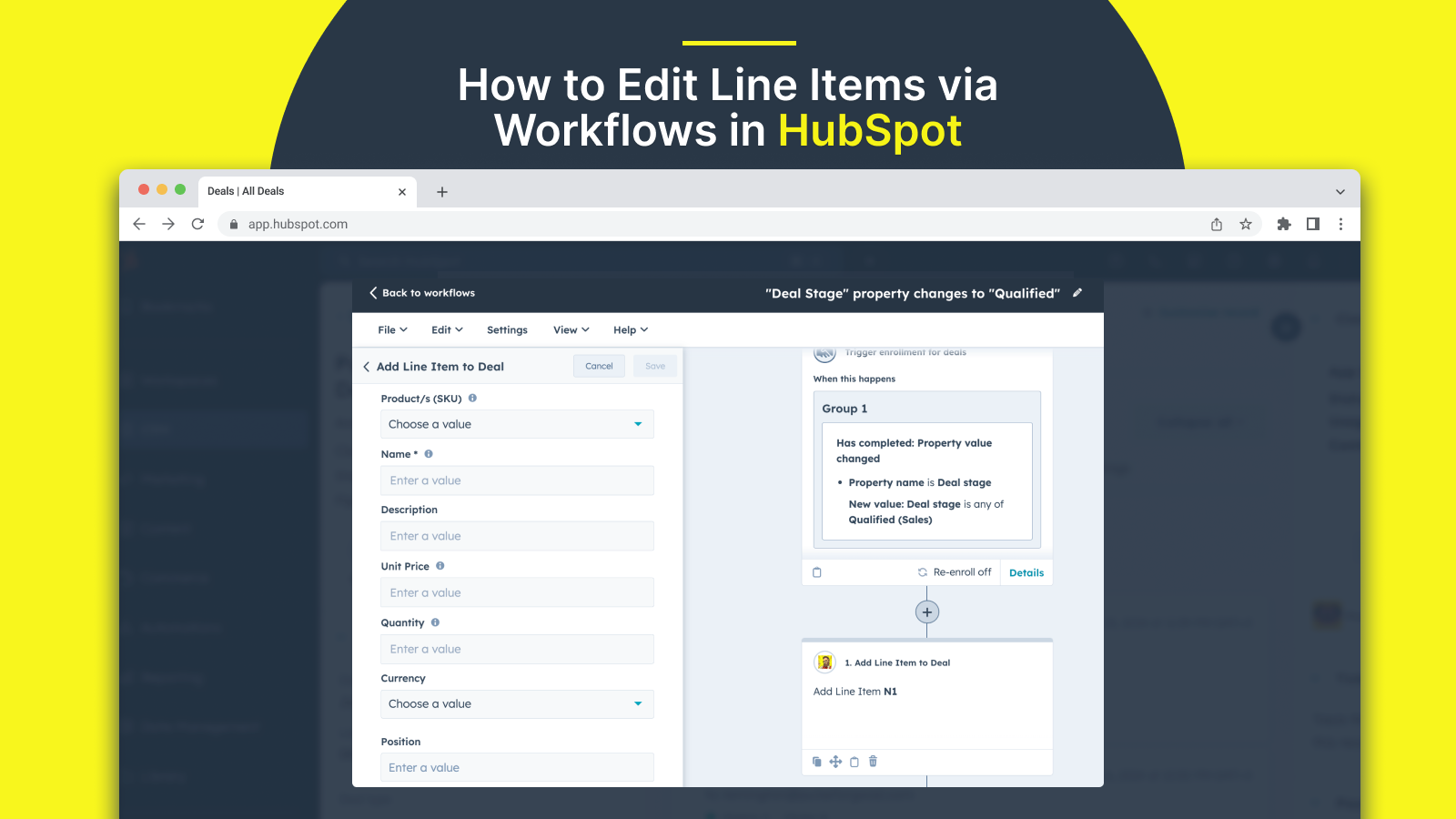Introduction
In today's rapidly changing landscape of human resources management, the integration of technology has become more vital than ever before. With the emergence of innovative solutions, HR block software has emerged as a game-changer in streamlining and optimizing HR processes. This comprehensive guide delves into the intricacies of HR block software selection, shedding light on its transformative capabilities and the significant impact it can have on businesses of all sizes.
By automating tedious and time-consuming tasks such as payroll processing, employee record-keeping, and benefits administration, this software empowers HR professionals to focus on more strategic initiatives that drive business growth. One of the key advantages of HR block software is its ability to streamline the recruitment and onboarding process. By leveraging advanced algorithms and machine learning capabilities, this software can analyze job descriptions, identify the most suitable candidates, and even conduct preliminary screenings. This not only saves valuable time for HR teams but also ensures that businesses find the right talent to fuel their success.
By harnessing the power of HR block software, organizations can enhance efficiency, improve decision-making, and create a more engaged and productive workforce.
Three standout solutions in this space—Rippling, Paychex, and Deel—offer unique features to cater to the diverse needs of businesses.
✔️ Rippling distinguishes itself with its all-in-one platform, seamlessly integrating HR, payroll, and IT functions to streamline processes.
✔️ Paychex, a seasoned player in the industry, provides comprehensive payroll services, benefits administration, and HR solutions, catering to businesses of all sizes.
✔️ Deel focuses on simplifying global hiring and compliance, offering a platform designed for remote teams, freelancers, and international expansion.
I. Understanding the Importance of HR Block Software
Before delving into the intricacies of selecting HR block software, it is imperative to comprehend the significance of this type of software for businesses. By leveraging the capabilities of technology, organizations can elevate their efficiency, diminish errors, and ensure regulatory compliance in managing their workforce.
HR block software is specifically crafted to streamline and automate various HR processes, including essential tasks such as payroll management, tax filing, and compliance tracking. These processes can often be time-consuming and prone to human error. However, with the implementation of HR block software, organizations can minimize manual intervention and reduce the risk of mistakes. This not only saves time but also ensures accuracy and reliability in managing crucial HR functions.
Another crucial aspect of HR block software is its ability to ensure regulatory compliance. With ever-changing labor laws and regulations, it can be challenging for HR teams to stay up to date and ensure that their practices align with legal requirements. HR block software offers features that automatically track compliance and generate reports, ensuring that organizations remain in compliance with labor laws, tax regulations, and other relevant standards. This helps businesses avoid penalties and legal issues while maintaining a healthy and compliant workforce.
Whether it's tracking employee performance, identifying skill gaps, or monitoring employee satisfaction, HR block software provides a comprehensive view of the organization's human capital. This enables HR teams to make data-driven decisions that align with the company's strategic goals and drive overall business success.
[Related Article: Top 5 Document Management Software Solutions]
II. Key Features to Look for in HR Block Software
 When contemplating HR block software selection, it is crucial to consider the features that align with the specific needs of your organization. Some key features to look for include:
When contemplating HR block software selection, it is crucial to consider the features that align with the specific needs of your organization. Some key features to look for include:
Payroll Management:
Accurate calculation of employee salaries and benefits, integration with time and attendance systems, and automated tax deductions and withholdings.
Tax Filing Capabilities:
Simplified and automated tax filing processes, support for various tax forms and regulations, and compliance with local, state, and federal tax requirements.
Employee Self-Service Portals:
Access to pay stubs, tax documents, and other relevant information, employee onboarding and offboarding functionalities, and time-off request and approval systems.
Compliance Tracking:
Monitoring and reporting on compliance with labor laws, alerts and notifications for regulatory changes, and documentation and audit trail features.
Integration with Other Systems:
Seamless integration with existing HR and accounting systems, compatibility with third-party applications and services, and data synchronization for real-time information updates.
III. Considerations for Small, Medium, and Large Businesses
The needs of HR block software vary based on the size and complexity of the business. Here's a breakdown of considerations for small, medium, and large enterprises:
Small Businesses:
Emphasis on user-friendly interfaces, affordability, and scalability for future growth, and basic payroll and tax filing features.
[Related Article: Field Service Software for Small Business]
Medium Businesses:
Enhanced scalability to accommodate a growing workforce, advanced reporting and analytics capabilities, and integration with other HR tools for a comprehensive solution.
Large Enterprises:
Robust security features to protect sensitive employee data, multi-location and multi-department support, and customization options to meet complex organizational structures.
IV. HR Block Software: Cloud-Based vs. On-Premises
 Another critical decision when selecting HR block software is choosing between cloud-based and on-premises solutions. Each option has its advantages and considerations:
Another critical decision when selecting HR block software is choosing between cloud-based and on-premises solutions. Each option has its advantages and considerations:
Cloud-Based Solutions:
Cloud-based HR block software offers numerous advantages for businesses of all sizes. One of the key benefits is its accessibility from anywhere with internet connectivity. This means that HR professionals can access the software and perform their tasks remotely, whether they are in the office, working from home, or on the go. This level of accessibility ensures that HR processes can continue seamlessly, regardless of location or circumstances.
Another advantage of cloud-based solutions is the automatic updates and maintenance provided by the software provider. With traditional on-premises solutions, businesses often have to invest time and resources in installing updates and maintaining the software themselves. However, with cloud-based HR block software, these tasks are taken care of by the provider. This not only saves time but also ensures that businesses are always using the latest version of the software, with the most up-to-date features and security measures.
Cost-effectiveness is another significant factor when considering cloud-based solutions. Unlike on-premises software, which requires businesses to invest in servers and infrastructure, cloud-based solutions eliminate the need for on-site servers. This reduces upfront costs and ongoing maintenance expenses. Instead, businesses pay a subscription fee based on their usage, making it a more affordable option for many organizations, especially small and medium-sized businesses.
On-Premises Solutions:
On-premises HR block software offers businesses greater control over data security and customization. With this solution, organizations have the ability to host and manage their HR software internally, ensuring that sensitive employee data is kept secure within their own infrastructure. This level of control allows businesses to implement additional security measures and protocols that align with their specific compliance or security requirements.
In addition to data security, on-premises solutions also provide businesses with the flexibility to customize the software according to their unique needs. Organizations can tailor the software to fit their specific HR processes, workflows, and reporting requirements. This level of customization ensures that businesses can effectively manage their workforce in a way that aligns with their internal policies and practices.
Another advantage of on-premises solutions is the one-time licensing fees with no recurring subscription costs. Unlike cloud-based solutions that require ongoing subscription fees, on-premises software typically involves a one-time upfront payment for the software license. This cost structure can be appealing for businesses looking for a long-term investment without the need for recurring expenses.
On-premises solutions are particularly suited for businesses with specific compliance or security requirements. Industries such as finance, healthcare, and government often have strict regulations and data privacy concerns. By hosting the HR block software on-premises, organizations can ensure that they have full control over their data and can implement the necessary security measures to comply with industry-specific regulations.
While on-premises solutions offer advantages in terms of data security, customization, and cost structure, it's important to consider the potential drawbacks. These solutions often require a higher initial investment in terms of hardware, infrastructure, and IT resources. Businesses need to have the technical expertise and resources to set up, maintain, and update the software themselves. Additionally, on-premises solutions may lack the accessibility and convenience offered by cloud-based solutions, as they require on-site access to the software.
V. Tips for Successful Implementation and Adoption
 Selecting the right HR block software is just the first step. Successful implementation and adoption are crucial for reaping the full benefits of the chosen solution. Consider the following tips:
Selecting the right HR block software is just the first step. Successful implementation and adoption are crucial for reaping the full benefits of the chosen solution. Consider the following tips:
Thorough Training Programs:
Ensure that employees are adequately trained on the new software, and provide ongoing support to address any issues or questions.
Data Migration Planning:
Develop a comprehensive plan for migrating existing HR data to the new system, and conduct thorough testing to identify and resolve potential issues.
Communication and Change Management:
Communicate the benefits of the new HR block software to employees, and address concerns to foster a positive attitude towards the change.
Regular System Audits:
Conduct regular audits to ensure data accuracy and system integrity, and stay informed about updates and new features provided by the software vendor.
Conclusion
As technology continues to evolve, so does HR block software. Explore emerging trends such as artificial intelligence, machine learning, and blockchain integration in HR processes. Understanding these trends will help businesses stay ahead of the curve and make informed decisions for the future.
In conclusion, selecting the right HR block software is a strategic decision that can significantly impact the efficiency and effectiveness of HR processes within an organization. By considering key features, business size, deployment options, and learning from real-world case studies, businesses can make informed choices that align with their unique needs.
For more detailed information, contact our specialists. We will be glad to help you.






.png)